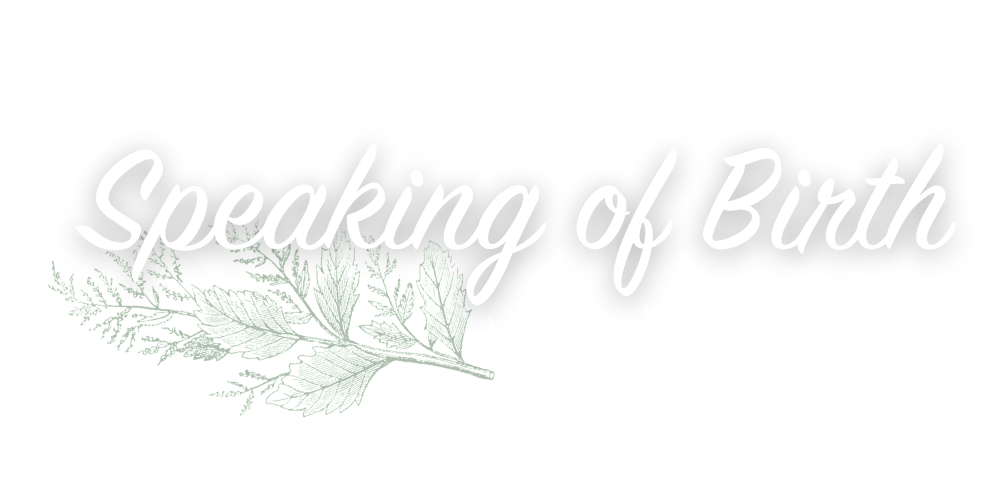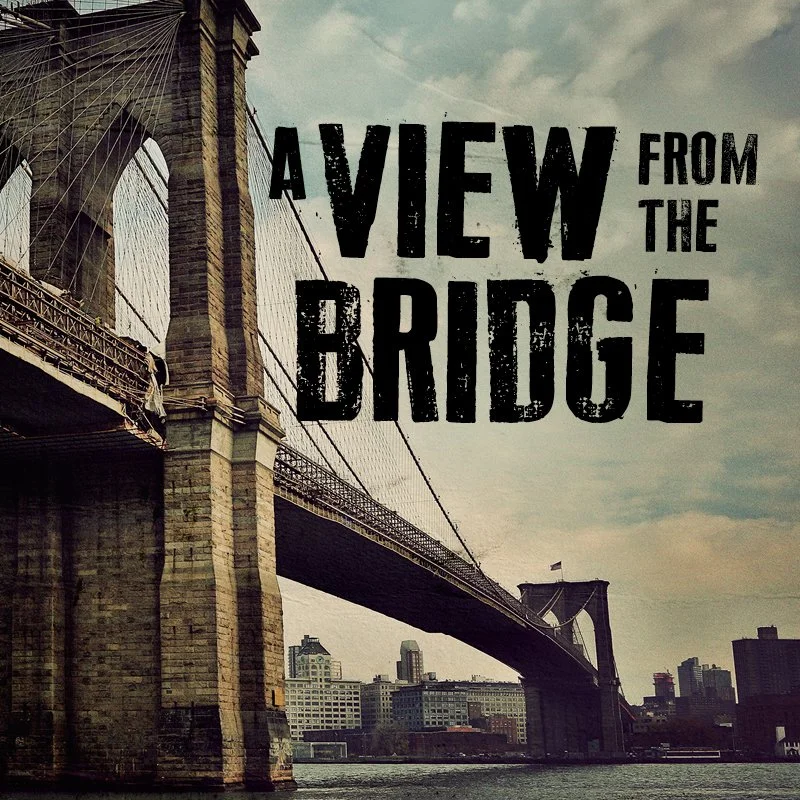A View From the Bridge: Looking at NYS Medicaid Doula Data's First Year From NJ
A View From the Bridge: the 1st year of New York State Medicaid Doula Claims Data Seen From New Jersey
Arthur Miller’s play A View From the Bridge gives us the famous quote, “Most of the time we settle for half.” There’s no reason NJ should be settling for half when we have a model of what a transparent doula Medicaid and state program looks like right across the George Washington Bridge from us.
New York State has been focusing on several public health and community health initiatives on doula care in Medicaid. Doulas offer prenatal education, labor support, advocacy, resources and perinatal services and after regional pilot programs, NY State adopted Medicaid coverage for birth doula services on March 1, 2024.
Specifically, at the May 13, 2025 NYS Medicaid Doula meeting, they offered this data from the first 12 months of the doula benefit:
As of 4/30/25 in New York State, there are over 200 doulas enrolled in NYS Medicaid doula provider enrollment (see their website for their full slide presentation for break down by doula race/ ethnicity/ language and geographic distribution)
As of 4/30/25, 6,179 doula claims have been paid for doula services in New York State
630 claims for doula services have been denied and can be re-submitted in New York State.
The New York State doula Medicaid benefit is in its first year and has paid over 6,000 doula claims; has a workforce that is growing and documented in it’s first year of demonstrating where there needs to be greater focus on geography, race and ethnicity and expressive language and has quarterly public meetings for inter agency collaboration. This to me is for sure an amazing first year in NY state. In the last year, NY State Medicaid has had quarterly townhall meetings on zoom to share Medicaid claims data, why claims would be denied, doula workforce data and demographics and other tools that keep NYS stakeholders informed and involved for program planning and impact.
Compare this transparency and outcome data to New Jersey where our Medicaid birth doula benefit has been available since 2021 yet we have no data about how many pregnant women enrolled in Medicaid have been able to use doula services. I was asked by an external colleague about what features support successful Medicaid doula billing in NY. There are multiple etiologies on why NY State has paid over 6,000 doula claims in their first year:
New York State has focus on hospital integration using the doula friendly hospital assessment tool that has led to deeper doula clinical partnerships so client care can occur. This doula friendly assessment is used throughout the state including by a a hospital and community based organization in New York City for a quality improvement initiative where there is a cross training of nurses and doulas in a clinical simulation and an escalation and communication protocol tool for doulas to work in an optimal setting.
2. New York State has focused on problem solving and communication between doulas, NYDOH and NY Medicaid and MCO's--there is a New York State Coalition for Doula Access convened by HealthLeads that does tremendous collaborative learnings. These meetings are welcoming and inclusive each month and continue to center doula community based organizations, sharings and collaborations.
3. NYS Medicaid has been transparent quarterly on Medicaid doula claims data and why claims are denied; how to resubmit; truly tailored ongoing individual doula and group billing support five days a week. Doulas in NY give clear recommendations and report outs about what is not working and there is a communication feedback loop.
4. For doulas to enroll in New York State Medicaid provider enrollment doulas have both a “Legacy pathway” for seasoned, experienced doulas and there is a training pathway: inclusive to any doula curriculum completing a minimum of 24 hours of training in the following required doula competencie. And unlike NJ, NYS Doula Provider enrollment is not restricted to a handful of curriculums: NJ only has five accepted doula curriculums for NJ Medicaid, making it one of the most restrictive Medicaid provider enrollment pathways in the country.
5. Public meetings posted on Youtube feedback and move decision making out of isolation. Doulas in NY State give clear feedback and share their challenges, offering critiques and strategies to center reproductive justice, increase doula work for a thriving wage and workforce equity and access for families. Doulas in New York also have a communication form for addressing clinical concerns . Community engagement led by doulas in the HOPE Program has tremendous resources for clinical and community partners.
6. The New York State Medicaid doula benefit has a Standing Order for doula services (NJ does not have this either) an easy lift, best practice that reduces the regulatory and administrative burden on Medicaid recipients to use the benefit.
7. The NYS doula Medicaid pilot projects had legislative hearings in the NY State Senate about obstacles of implementation that legislators wanted and demanded better for their Medicaid recipients including a published report. Their report Next Steps for Doula Services in New York State: Medicaid Benefit Design andReimbursement (2023) was based in part on written and oral testimony from a public hearing on integrating doulas into New York’s maternal health care system. The concerns voiced from working doulas are documented.
8. Outside of NY State, in New York City, the NYCDOHM had a May 2025 published doula audit--although not specific to Medicaid --it does focus on workforce apprenticeship, hospital integration, clinical outcomes, collaboration for community based organizations has a lot of implications for NJ to consider. New York State doulas give ongoing challenges and problems and yearly NYC State of Doula Care report documents real issues to address. The archives and reports add a living history to doulas working in NY and working to improve the experience for doulas and childbearing families. We have no such published evaluation data nor reports in NJ.
Community doulas in New York State have tremendous contributions to doulas in every states, from published reports, webinars and most recently this week, advocacy for proposed legislation in NYC to make permanent funding for doula training and services. NY State shares so many pillars for having such comprehensive and relational ways of bringing doula care into community health, especially Medicaid. Outside of just New York State, there are strong Medicaid doula implementation and utilization happening all across the country with best practices and policy pillars that NJ can enact by centering democratic governance and decision making together with doulas. In NJ, we need to focus on trust and transparency between state systems, community based organizations and doulas. New Jersey has never shared Medicaid claim data and media reports continue to focus on doulas trained, not clients served. Unlike most other states, NJ does not have doula governance to guide workforce retention and we do not have any public meetings for resolving urgent issues for doula provider enrollment. Where other states accept up to 28 different doula curriculums for Medicaid provider enrollment or no longer even focus on the number of curriculums- they focus on documented competencies, New Jersey accepts five curriculum for our state’s Medicaid provider enrollment.
A bridge is something that connects instead of separating. New Jersey can build a bridge to listen and learn from doulas in NJ and see policy pillars from other states. There has been deep positive momentum in NJ, most recently with a meaningful curated exhibition on doulas in NJ entitled ‘The Courage to Care.’ We can take the courage to carefully, intentionally and thoughtfully re-design with doulas a public health system in NJ that centers high value, respectful, equitable maternity care and a diverse, retained workforce as we listen, learn and view other ways of financing and supporting doula work with humility and hope.

